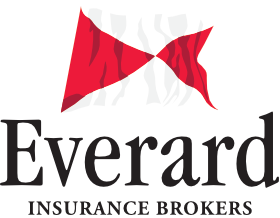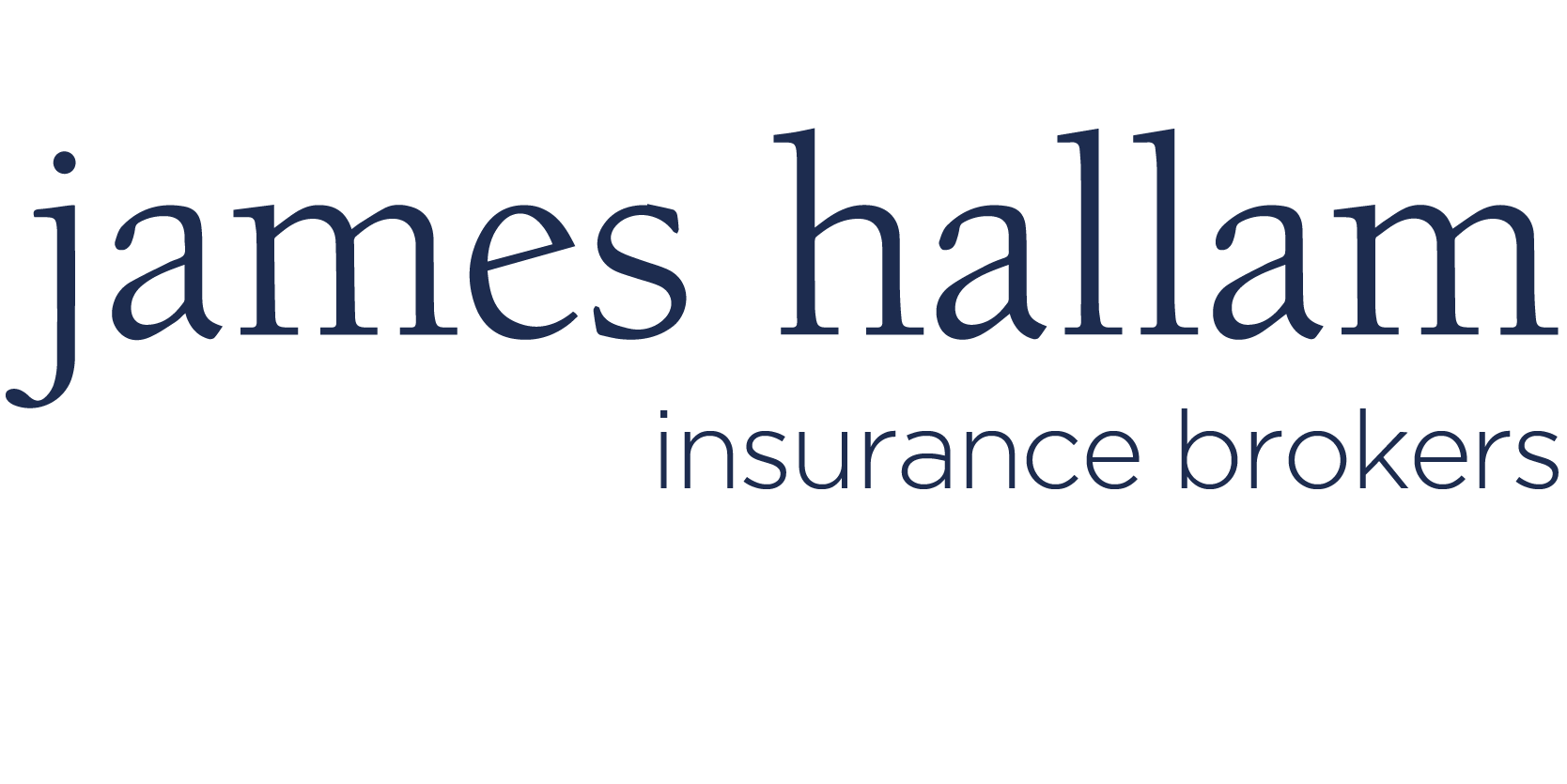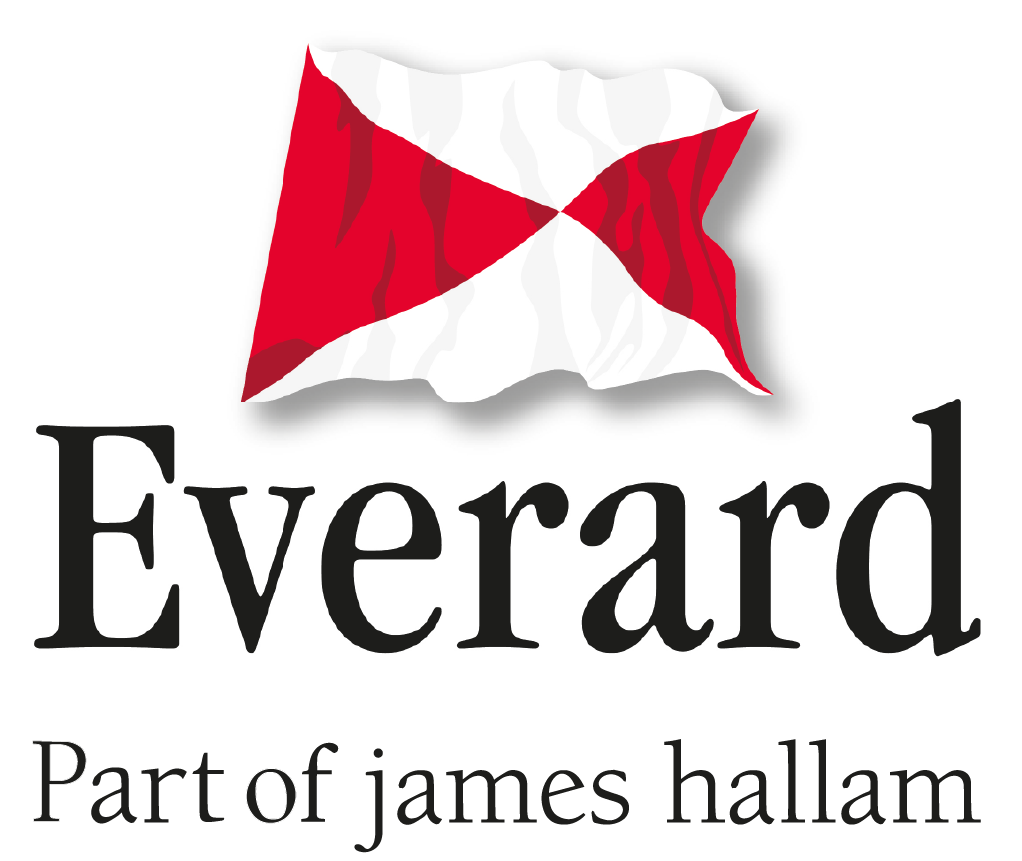
Daily safety and operational checks are an essential part of meeting your HSE requirements for managing and operating cranes in offshore environments. In this post we will list some of the daily and periodic checks you should make to help you stay safe and compliant.
Crane Safety Law: What You Need to Know
Two major UK laws apply to the safe operation of cranes in the marine trade:
- Lifting Operation and Lifting Equipment Regulations 1998 (LOLER)
- Provision and Use of Work Equipment Regulations 1998 (PUWER)
In addition, the supply and installation of both fixed and mobile cranes and lifting equipment is subject to Offshore Installations (Safety Case) Regulations 2005.
Responsibilities: HSE clarifies that the legal responsibilities for safe lifting operations are often shared between the crane hirer and the crane user. So in a shipyard, for example, both the manager and the crane operator may be responsible for performing all necessary safety and operation checks.
Exceptions: The exception is in situations where managers hire the lifting equipment under a “contract lift”. In this case, the crane hire company may assume certain responsibilities for safely ensuring safe lifting operations.
When Should You Perform Crane Safety Checks?
LOLER guidance specifies that you should perform thorough examinations and inspections at a number of points:
- Before the equipment is put into service for the first time.
- After assembly or installation, before the first use.
If the crane is exposed to conditions that might result in deterioration, then it should be thoroughly examined:
- At least once every 12 months.
- Immediately following scenarios that may jeopardise the safety or integrity of the equipment.
You can read the full LOLER guidance for ongoing safety inspections.
In addition to these routine checks, daily safety and operational checks can help you mitigate and manage most of the risks associated with using offshore cranes.
Crane Inspection Checklist: Daily Safety and Operational Checks
- Visual Check – Look for signs of damage or wear on the crane’s exterior, paying particular attention to the wiring, the cables, the hydraulic systems, and the boom and jib.
- Area Checks – Make sure that nobody is working on the crane, or on its runway travel area. Also check the areas where you will be picking up and setting down loads for obstructions and other potential hazards.
- Fluid Levels – Check the levels of the crane’s engine oil, hydraulic fluids, and coolant. Look for any signs of leaks, and ensure that all moving parts are properly lubricated.
- Controls and Safety Devices – Make sure all of the crane’s control mechanisms move smoothly, and that everything responds as you need it to. Check the brake pads for signs of wear and tear. Also check the crane’s safety devices, including the anti-block systems, the load movement indicators, and the emergency stop systems.
- During Operation – Make sure your load does not exceed your crane’s lifting capacity, and look for any signs of swaying or shifting that might suggest instability. Also keep an eye on your ropes, wires, and hooks for signs of fraying or other damage.
- Post Operation – Perform another visual check for signs of wear and tear, again paying particular attention to the wiring, the cables, the hydraulic systems, and the boom and jib. Also take steps to secure the crane, through engaging the parking brake, powering down the control systems, and securely storing any loose tools or equipment.
Please note: the checklist is not exhaustive. Head here for detailed HSE guidance on the safe use of offshore lifting equipment.
Crane Safety Documents and Records
Design a crane safety checklist document for your boatyard or shipyard. This way, you can ensure:
- Every necessary safety check is completed every day
- You have a physical record of the steps you took to manage risks for compliance
Make a note of any possible defects or other risks you identify over the course of your safety checks, and take steps to mitigate these risks as soon as possible. Ideally, you should not use the crane again until you have adequately addressed any issues you find.
We Can Help You Ensure You Are Fully Covered For All Marine Safety Risks
Under UK law, you are required to carry out certain routine safety checks on all offshore lifting equipment. If you forego these checks, and something goes wrong, then you could be liable for all resulting damage and loss.
Everard Insurance Brokers are the specialist marine trading division of James Hallam Limited who are accredited Lloyd’s brokers. We can help you meet your risk management obligations while also helping you find comprehensive marine insurance that will cover you for all possible risks.
Find out more about our specialist marine insurance services.

